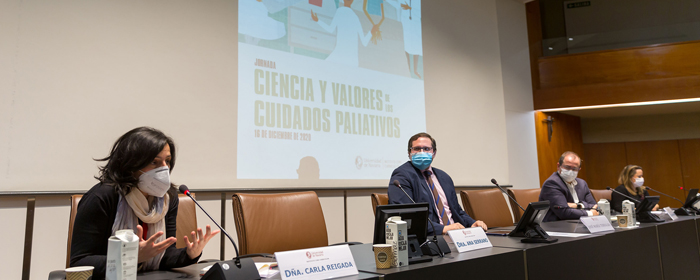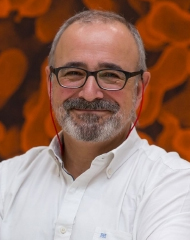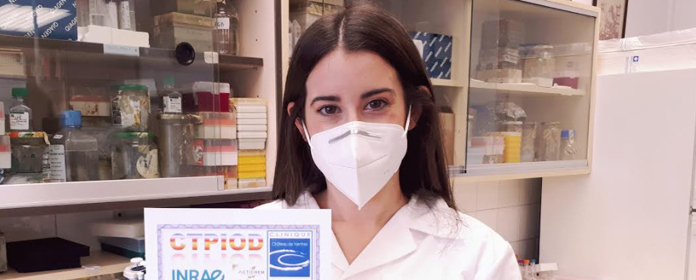Repairing the heart through combined therapy of adult stem cells, therapeutic proteins and biomaterials
The Spanish Society of Industrial and Galenic Pharmacy awards the award of research 2019 to a work elaborated by scientists of the University of Navarra.

PHOTO: Manuel Castells
The Spanish Society of Industrial and Galenic Pharmacy (SEFIG) has awarded the award of research 2019 to a study on combined therapy of adult stem cells and biomaterials for cardiac repair, developed by scientists at the University of Navarra. Specifically, the work has been carried out by researchers from the School of Pharmacy and Nutrition and the Cima University of Navarra, belonging to IdisNA.
The submission took place at the framework of the XIV congress of SEFIG -which brings together more than 200 pharmaceutical partners, researchers, teachers, teaching centers and health institutions-, in Santiago de Compostela. In this case, the award -which recognizes the best article published by the members of the Society in the last two years- was awarded to a article which was on the cover of the prestigious Journal of Controlled Release, ranked among the top ten of its area.
The work, in which researchers María Blanco Prieto, Elisa Garbayo, Felipe Próper, Gloria Abizanda, Teresa Simón-Yarza, Simón Pascual-Gil, Laura Saludas and Paula Díaz-Herráez participate, studies the potential of a regenerative medicine strategy that uses biomaterials combined with therapeutic proteins and stem cells.According to the lead authors, María Blanco Prieto and Elisa Garbayo, the novelty of this work lies in taking advantage of the paracrine secretion of stem cells and their capacity to interact with the environment to obtain a system capable of repairing cardiac damage after infarction.
In addition," they add, "we encapsulated neuregulin-1 in microparticles. This is a therapeutic protein with the capacity to restore cardiac function and to awaken the heart's autonomous regenerative capacity. This encapsulation made it possible to protect it from degradation and to achieve a controlled release in the damaged myocardium over time," the researchers explain.
Tissue engineering for cardiac repairThe results obtained in an animal model demonstrate that the use of this strategy favors greater survival of stem cells in the tissue, both in the short and long term deadline. Furthermore, as specified by the two authors, this therapy combining adult stem cells, therapeutic proteins and biomaterials reduced infarct size and promoted the training of new blood vessels, resulting in improved cardiac function.
The work is part of one of the main lines of research of group, which consists of the search for new therapeutic strategies for cardiac regeneration after myocardial infarction using nano and microtechnology. It is also part of Paula Diaz and Laura Saludas' doctoral thesis . According to the researchers, this strategy could easily be applied to the repair of other tissues.




